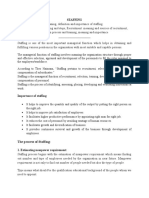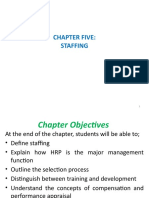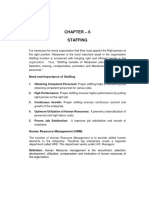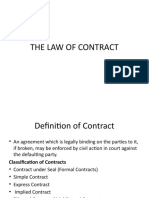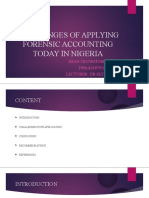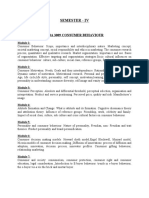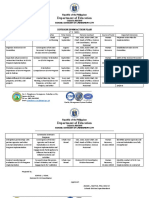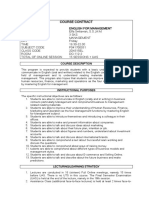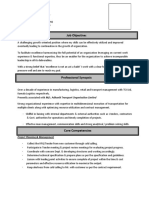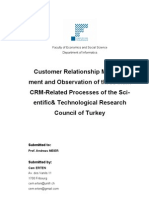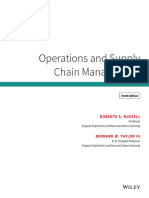0% found this document useful (0 votes)
86 views22 pagesStaffing
Staffing is the process by which an organization acquires, deploys, and retains a workforce to meet its needs and goals. It involves determining manpower requirements, recruiting applicants with the needed skills, selecting the best candidates, orienting new employees, training and developing staff, providing compensation, evaluating performance, and promoting or transferring employees. The overall goal of staffing is to ensure the right people are working in the right jobs at the right time to increase organizational effectiveness.
Uploaded by
tayoCopyright
© © All Rights Reserved
We take content rights seriously. If you suspect this is your content, claim it here.
Available Formats
Download as PPT, PDF, TXT or read online on Scribd
0% found this document useful (0 votes)
86 views22 pagesStaffing
Staffing is the process by which an organization acquires, deploys, and retains a workforce to meet its needs and goals. It involves determining manpower requirements, recruiting applicants with the needed skills, selecting the best candidates, orienting new employees, training and developing staff, providing compensation, evaluating performance, and promoting or transferring employees. The overall goal of staffing is to ensure the right people are working in the right jobs at the right time to increase organizational effectiveness.
Uploaded by
tayoCopyright
© © All Rights Reserved
We take content rights seriously. If you suspect this is your content, claim it here.
Available Formats
Download as PPT, PDF, TXT or read online on Scribd
/ 22




































